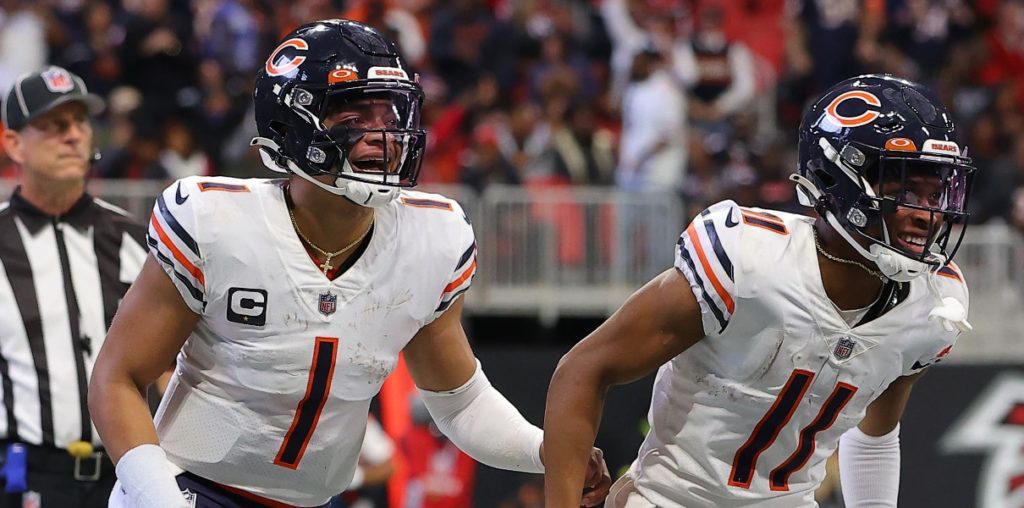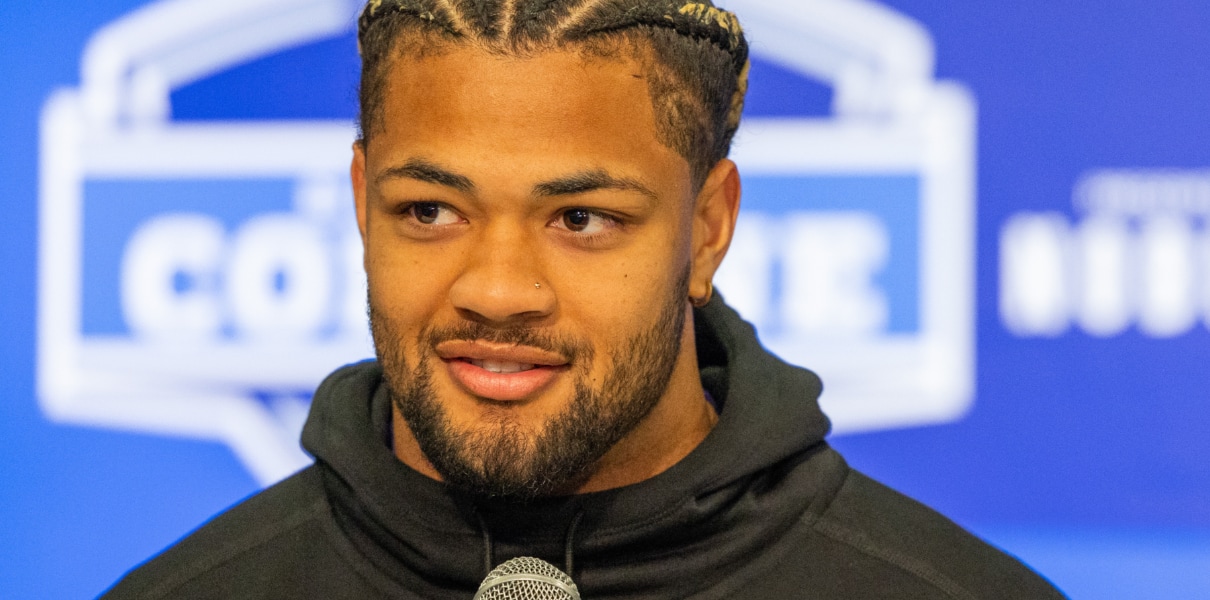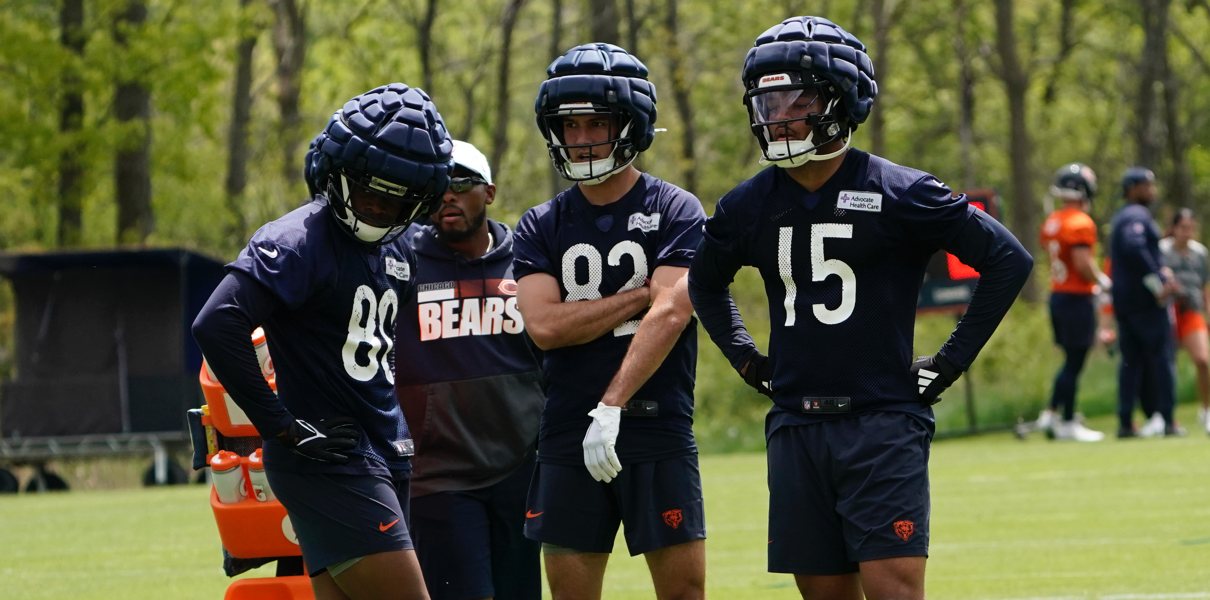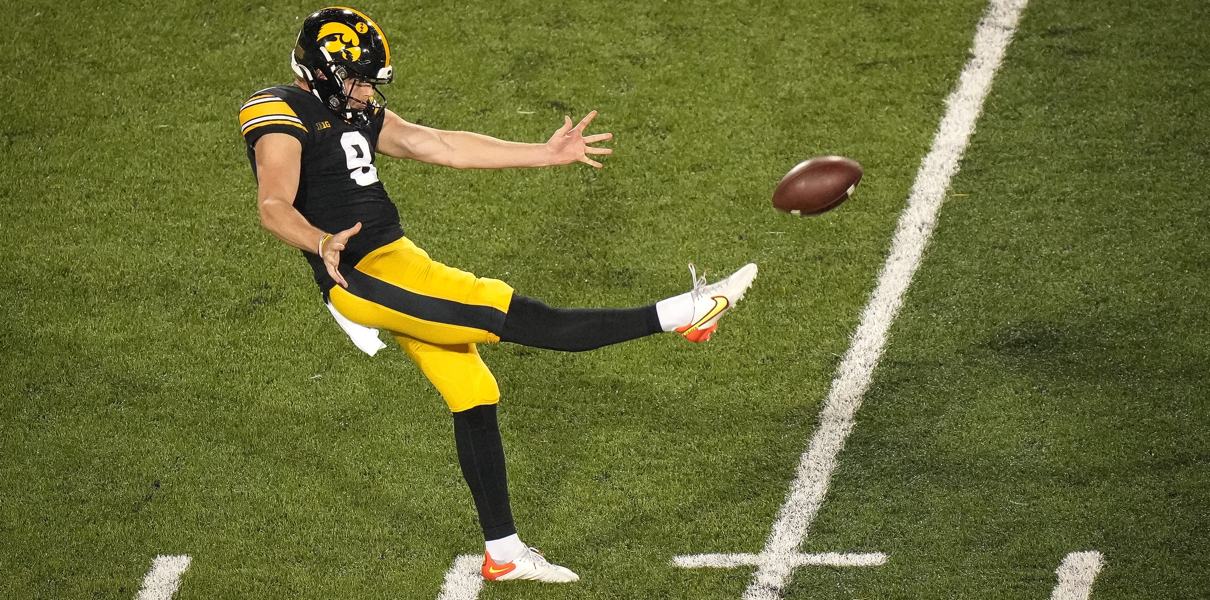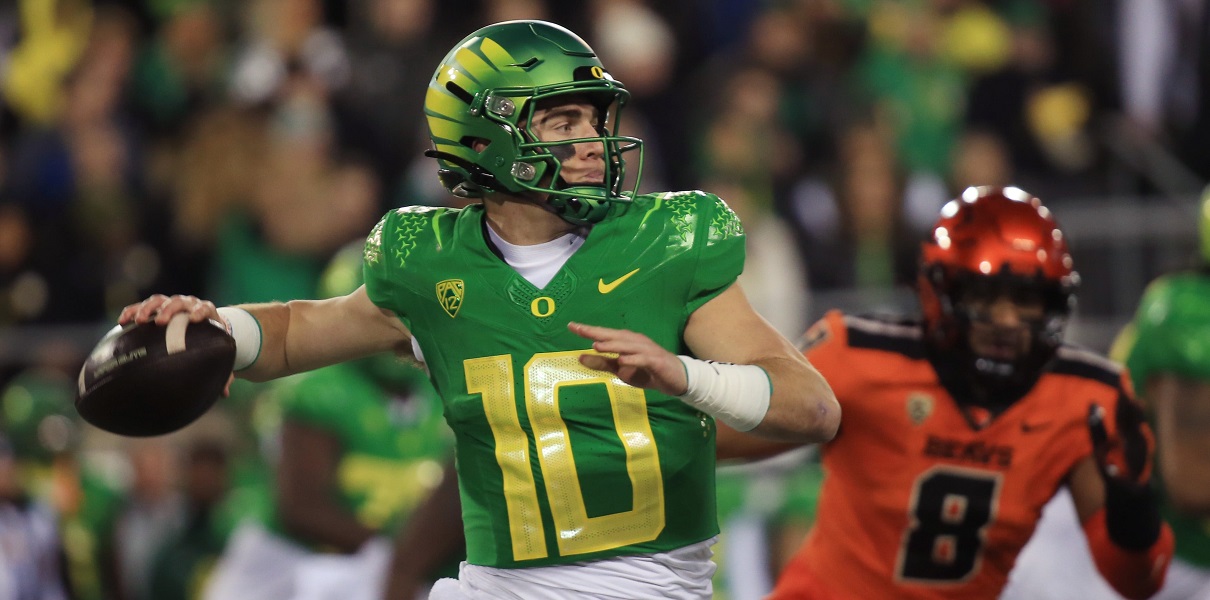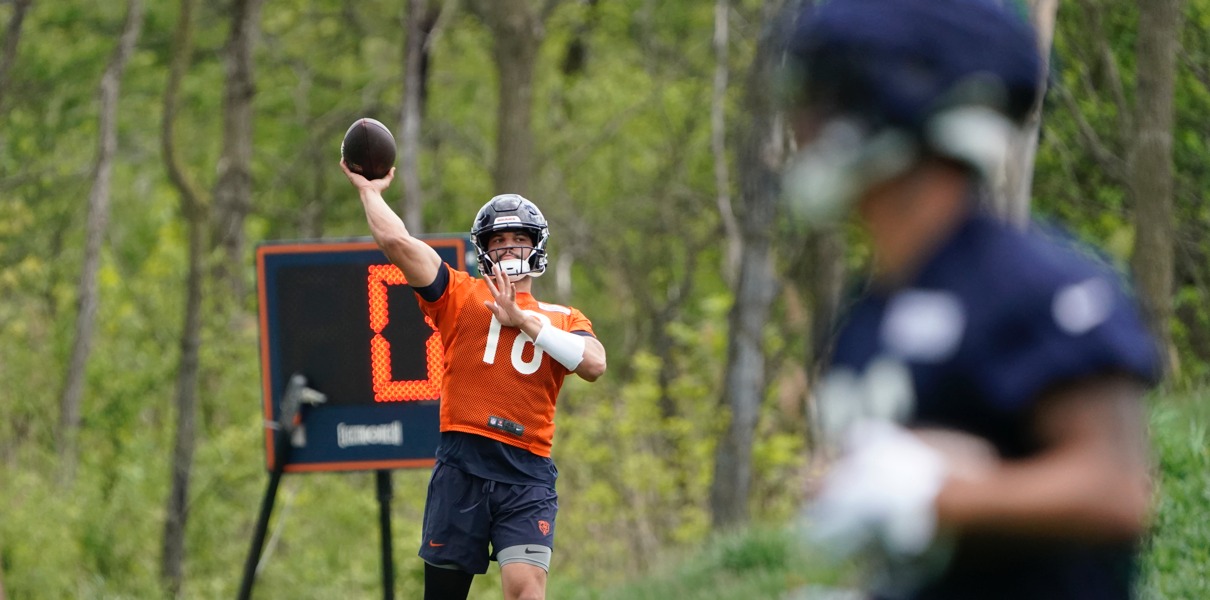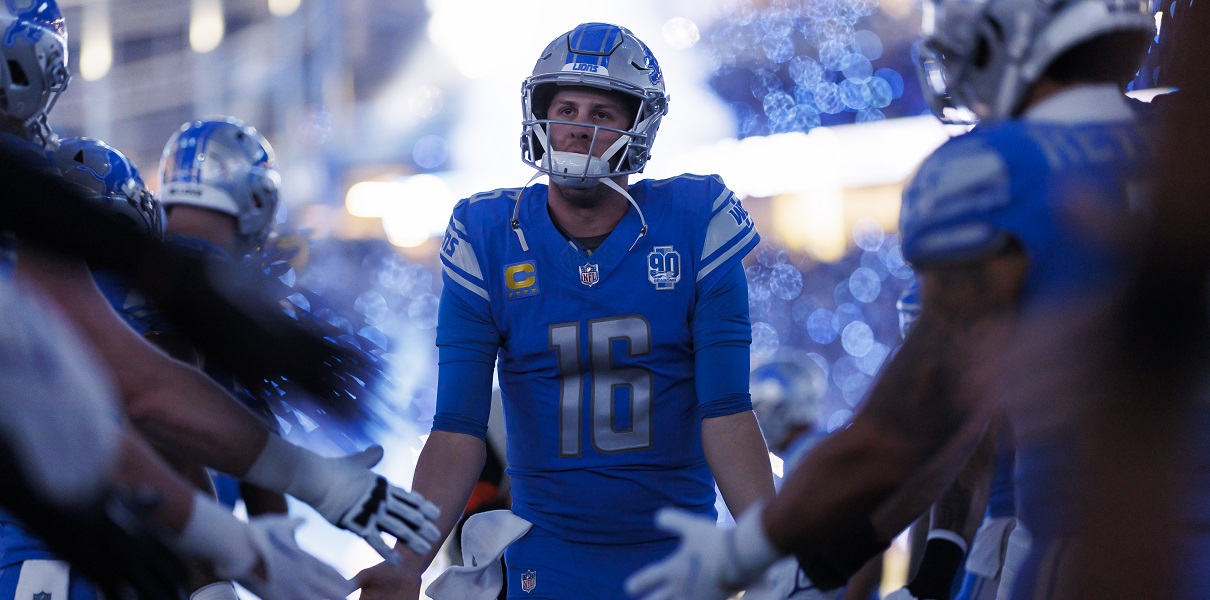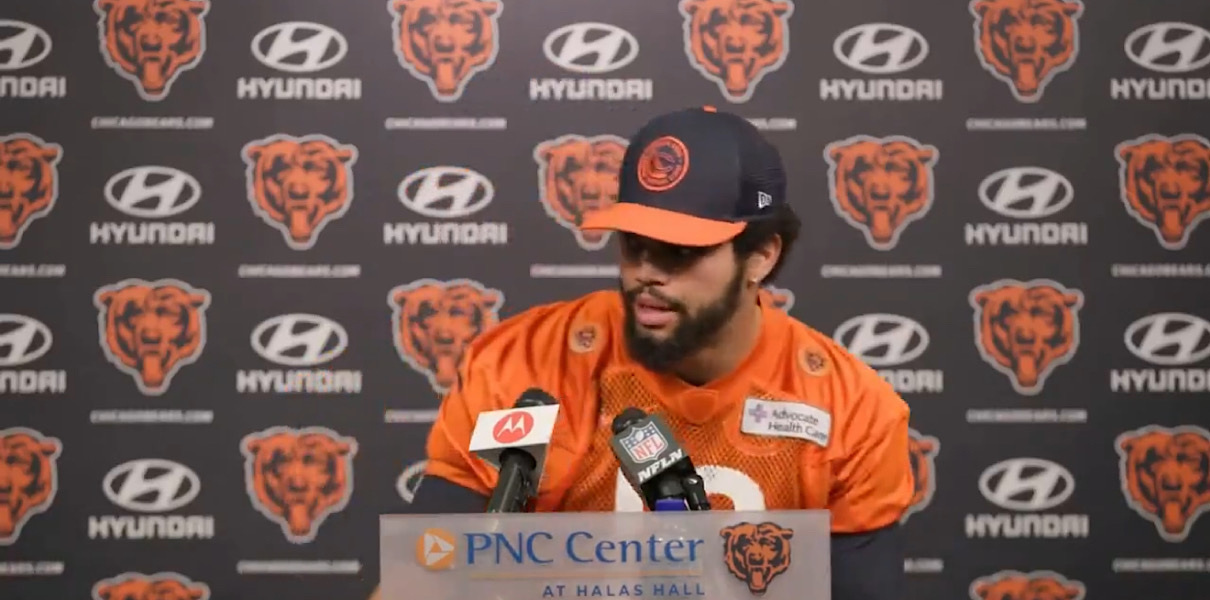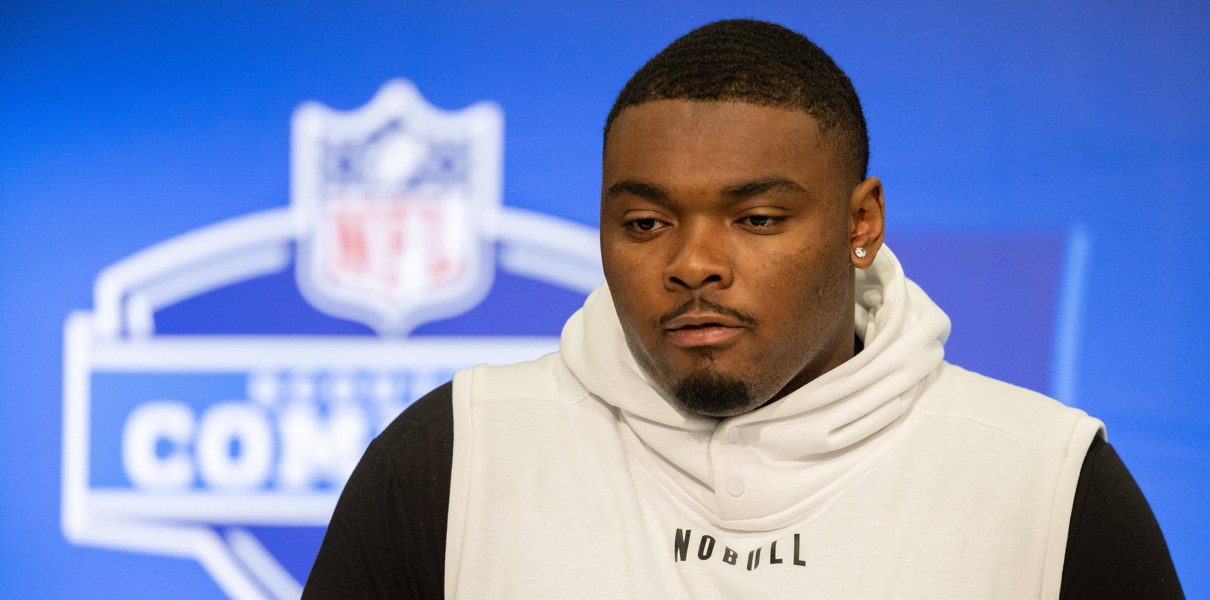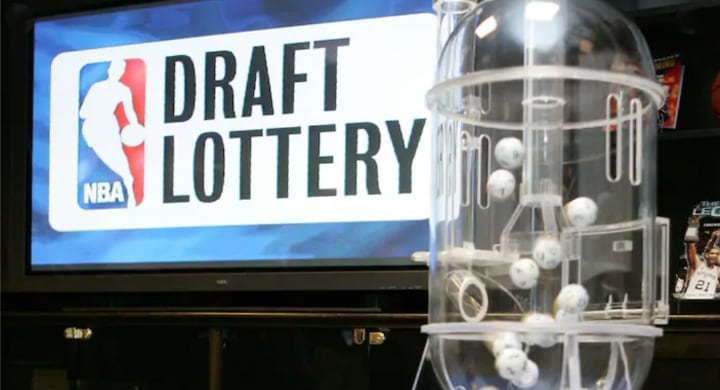For as good as Justin Fields has been for the latter half of the season — yes, it’s been that long — there is still the notion that he is “a runner” and can’t play quarterback or that he can’t make throws when it counts.
That’s not true. And if you’re watching the games, you know Fields has plenty of room for further improvement. But he is certainly not a running back in a quarterback’s disguise like some have labeled him recently.
We’ll start on the second to last drive of the day for the Bears on Sunday. The 17-play drive elapsed 8 minutes and 32 seconds and ended in a touchdown that tied the game at 24. On the drive, Fields put on a passing clinic making multiple throws to extend the drive.
Early in the Bears were facing a 3rd-and-3 from their own 32. Fields does a good job of finding Chase Claypool for a first down. Claypool was Fields’ third or fourth read in his progressions, and the ball was gone in just over three seconds.
Shortly after that throw, Fields and the Bears were facing another 3rd-and-3. Once again, it was Fields converting through the air. This time Fields does an excellent job of pulling the handoff on the read option after spotting the linebacker waiting in the hole for David Montgomery. And then Fields slings one to Cole Kmet to move the chains.
Again, we’ve got Fields reading the play, making the right decision with the ball, and getting it out in under two seconds.
On this next play, Fields hits Montgomery for a 32-yard gain. And while this was quite the play, this wasn’t even the most impressive moment of the drive for Fields.
Fields works through his progressions left to right after the play fake to Montgomery, then moves his launch point right, sees that the safety on the right side of the field took off to cover Darnell Mooney, which left that side of the field wide open. From there, he waves Montgomery downfield and throws a dime to him on the run for the first down and then some.
That was sweet, right?
We’ve got Fields making his reads, seeing the play in front of him, improvising, and throwing a perfect pass. A bunch of boxes checked there once again.
Still, this was the most impressive play of the drive. Facing a 3rd-and-12, Fields has nothing on the initial read, looks left to see if Dante Pettis gets free, slides in the pocket while keeping his head up and on the play, and finds Equanimeous St. Brown open on his right side for a 14-yard gain.
Again, we’ve got Fields getting through reads, extending plays while keeping his head up and downfield, making the right decisions, and making great throws.
This has me wondering why in the heck did Offensive Coordinator Luke Getsy call the plays that he did on the game’s last drive. Fields is working his hamstrings out on the sideline with the Theragun and put together a good drive through the air the previous drive, and he calls designed runs on the first two plays, one of which got Fields hurt.
The game’s final drive was equal parts head-scratching and frustrating. And there’s no doubt that the interception was a bad throw, but his coaches put him in a terrible position from the jump on that drive. It’s also just his second interception in November, a month in which he had a 6-2 TD-INT ratio. Still, he can’t make that throw moving forward. As I said, there is still plenty of room for improvement as a passer.
Here is another excellent play in the passing game:
This is a simple concept that we’ve seen the Bears have had success with since the mini-bye. But this time, it comes in the red zone with a quick rub route where Mooney and St. Brown cross at the release point, causing the two cornerbacks to pick each other, setting up an easy touchdown throw to Mooney.
Speaking of Mooney, this was one of the plays where some wanted to fault Fields for missing a deep shot. But there’s a but…
Fields launched this ball — that traveled about 56 yards in the air — and it was just a yard and a half in front of Mooney. But this was on Mooney, who owned it after the game and admitted to not running the route 100 percent:
If Mooney makes that catch it’s a 67-yard touchdown and Fields’ passing line looks a whole lot better at 15-21 for 220 yards, and two passing touchdowns to go along with 85 yards and a score on the ground.
There were plenty of nice runs by Fields per usual, despite the yardage per carry taking a dip (especially in the second half). The Falcons did a pretty good job of sealing the run on Sunday, and it was on the coaching staff to counter that with more passing calls. They didn’t. But when Fields had the chance, he made the plays through the air that kept the Bears in this game to the end.
Would we like to see them win one of these close games? Of course. Was this one mistake-free? Absolutely not (see Fields throwing the ball off lineman Michael Schofield’s head in the second quarter). Still, those not seeing marked improvement in Fields as a passer either aren’t watching the game, or just don’t want to buy into reality.


